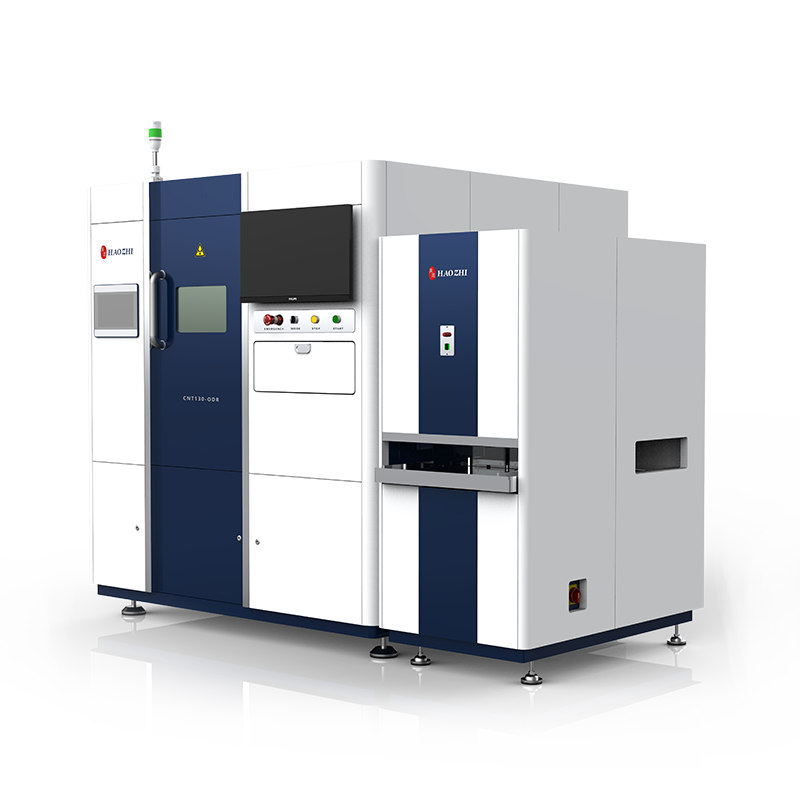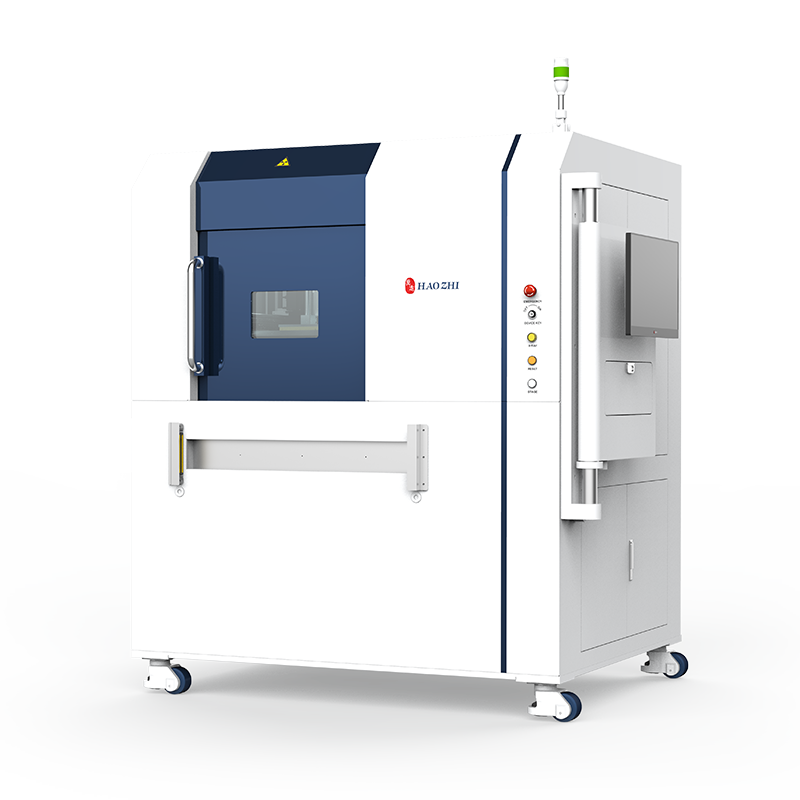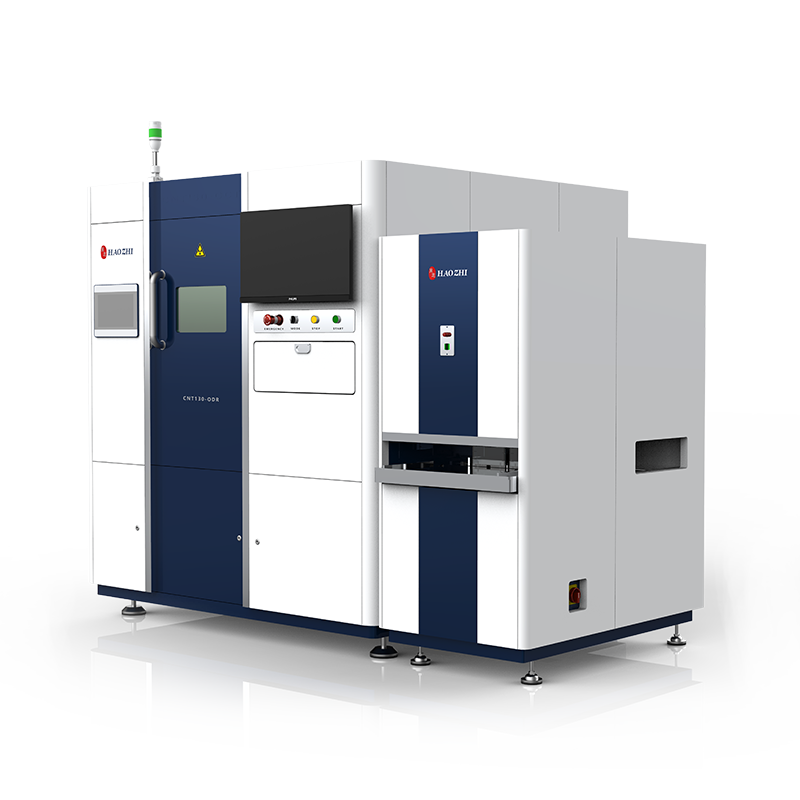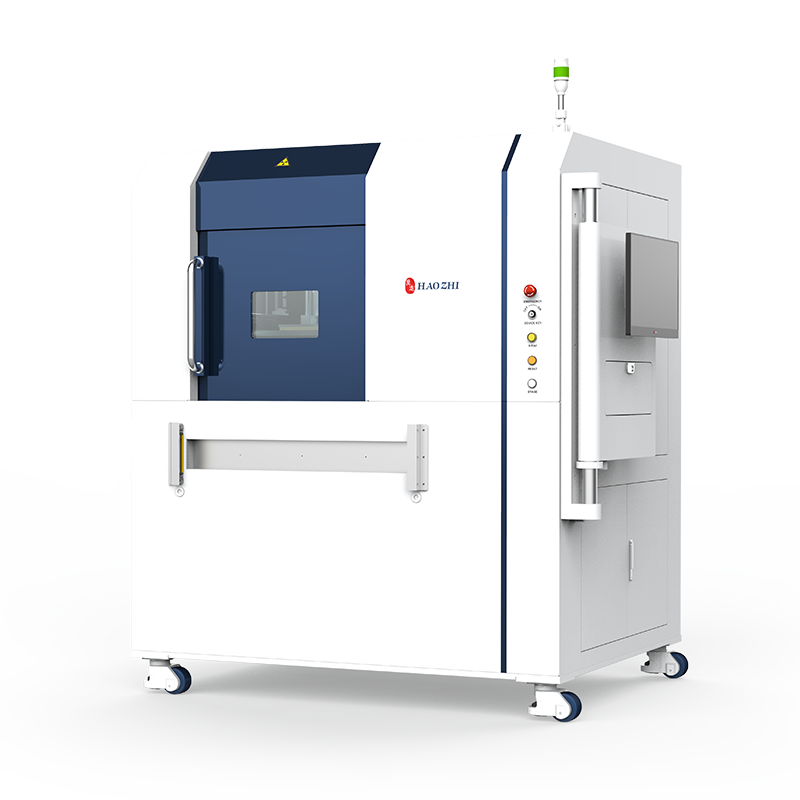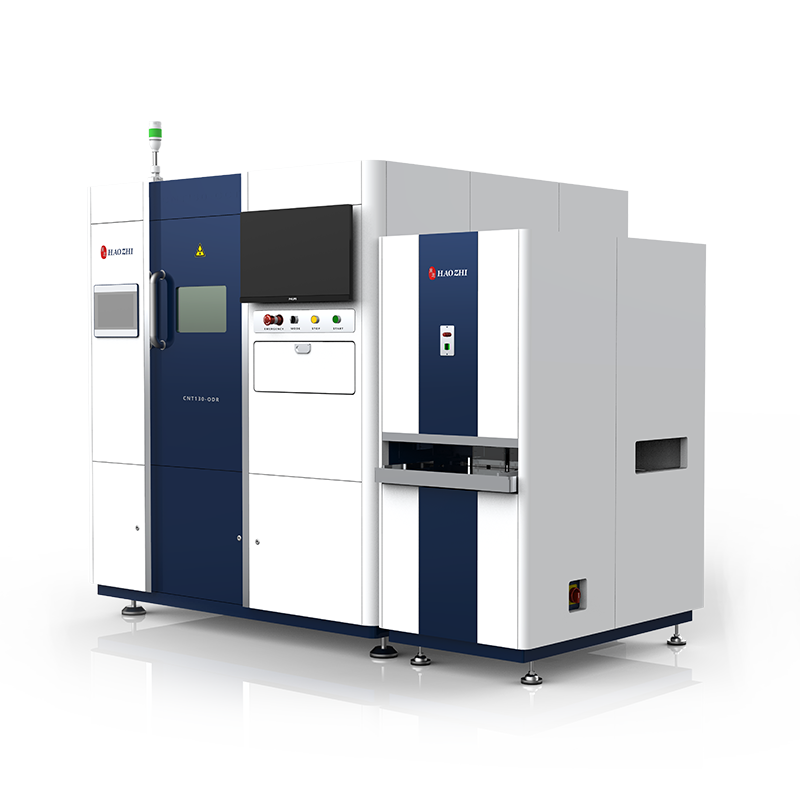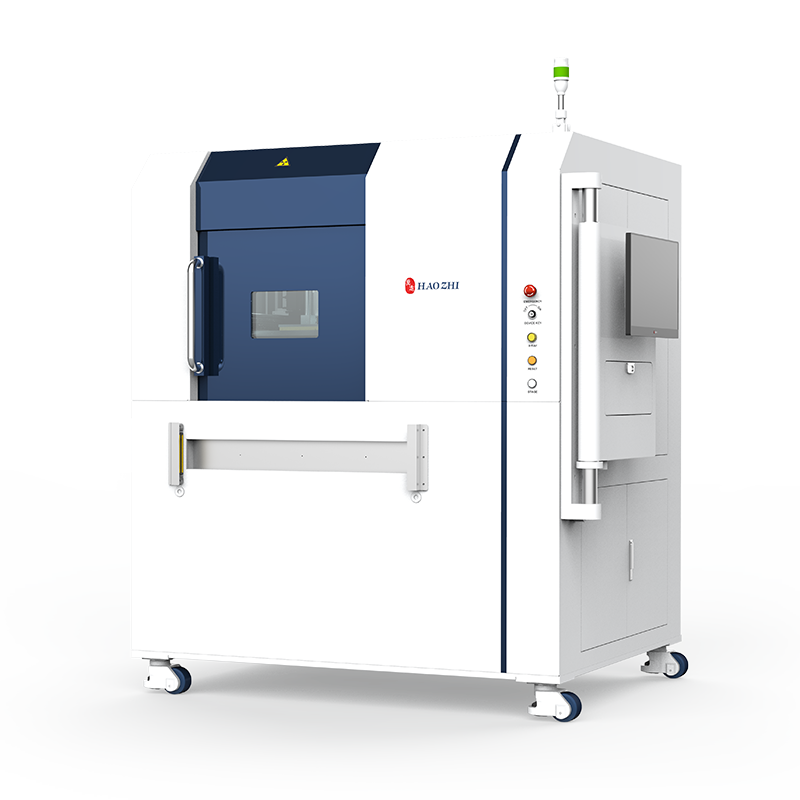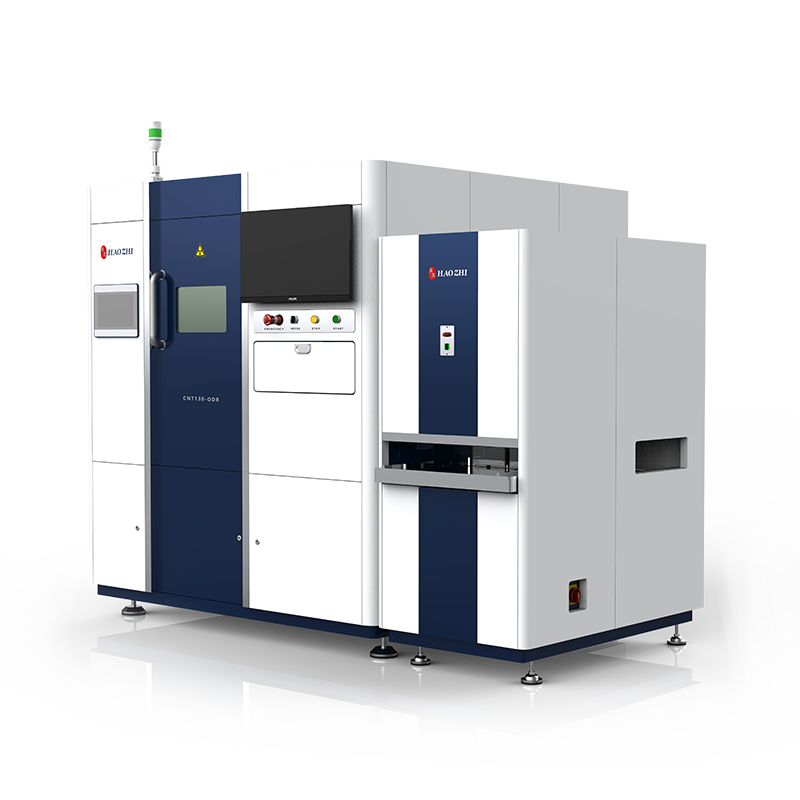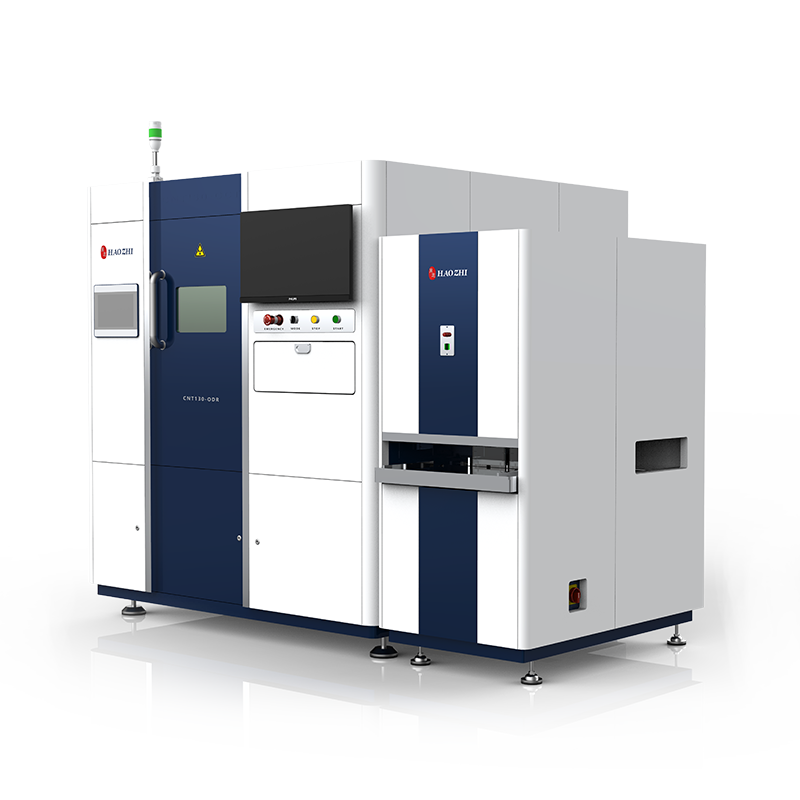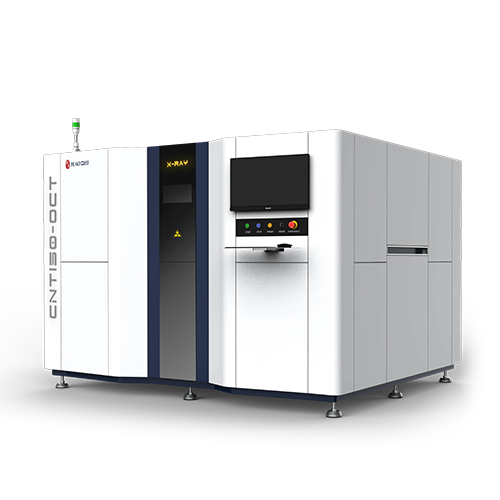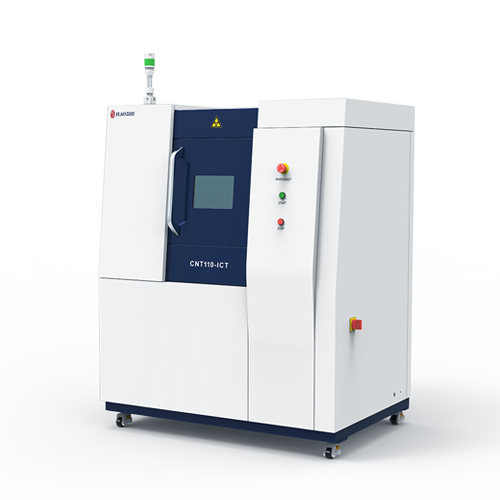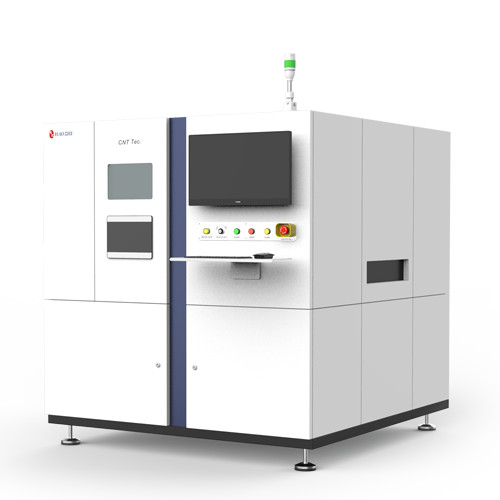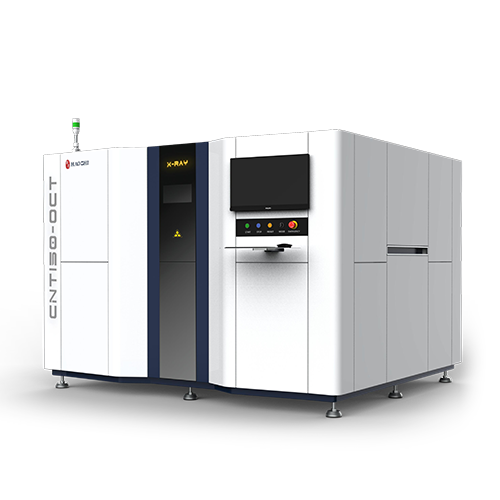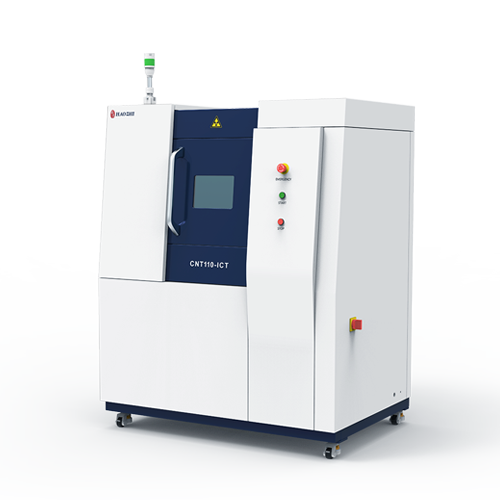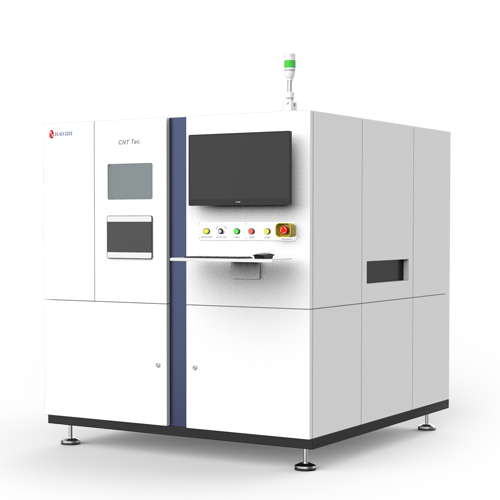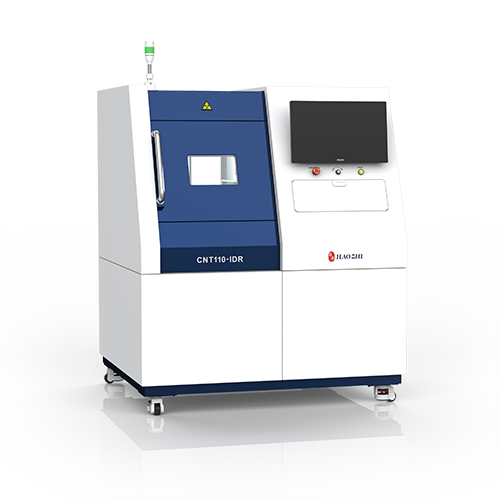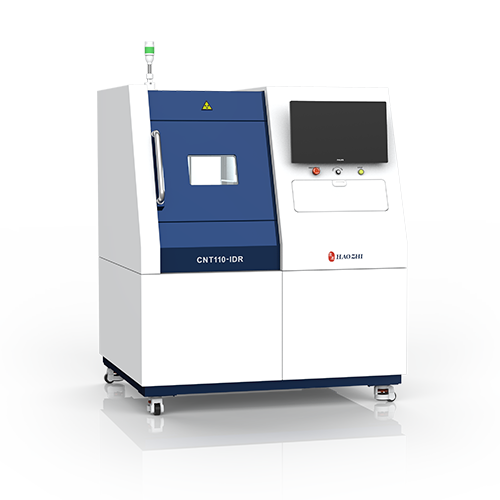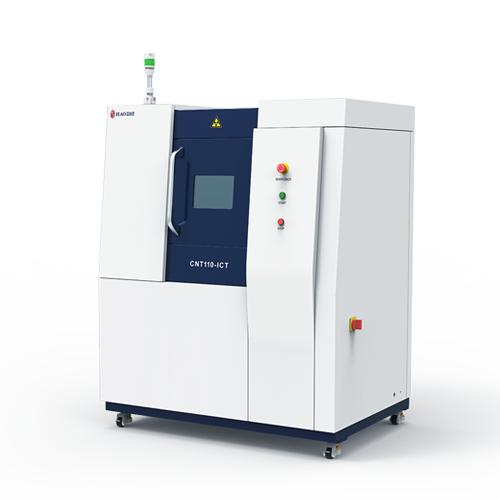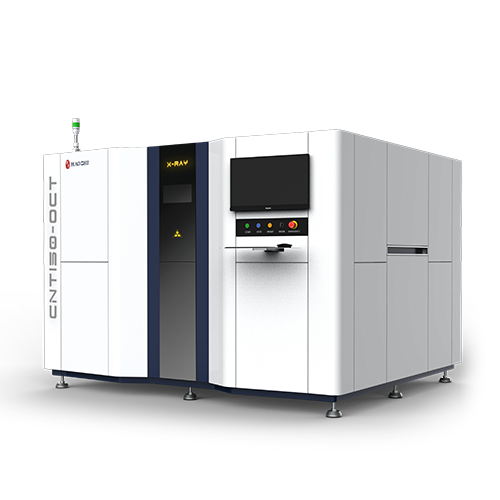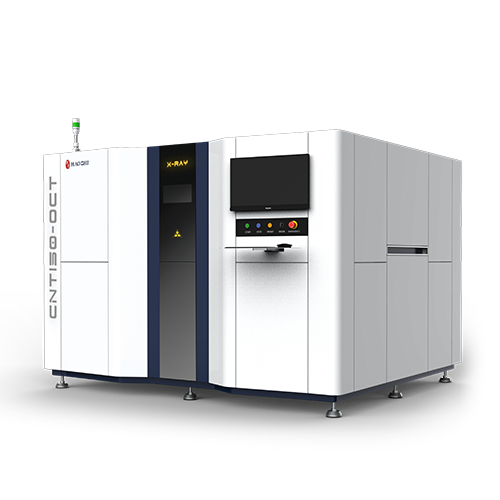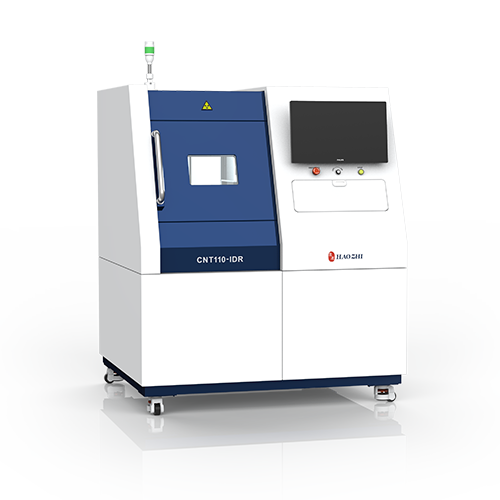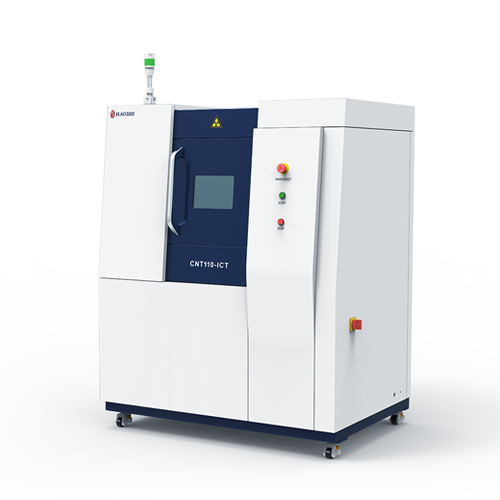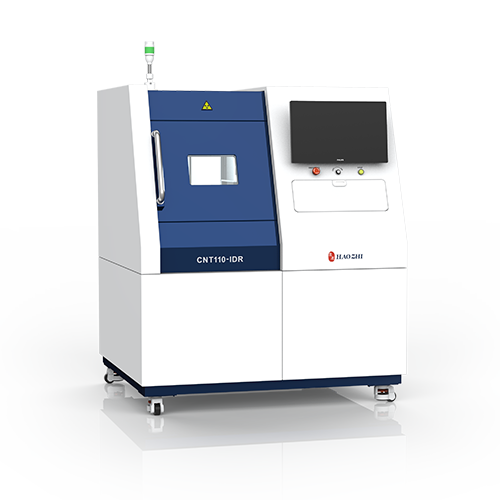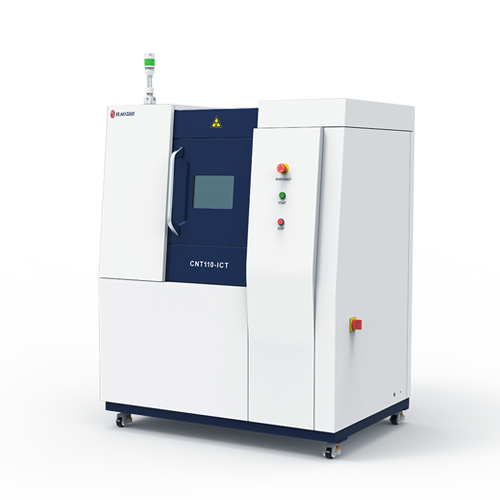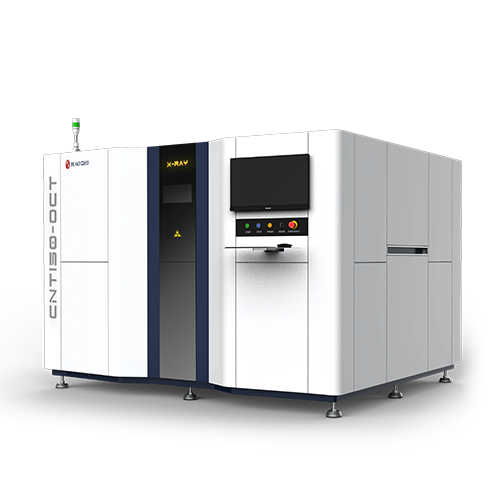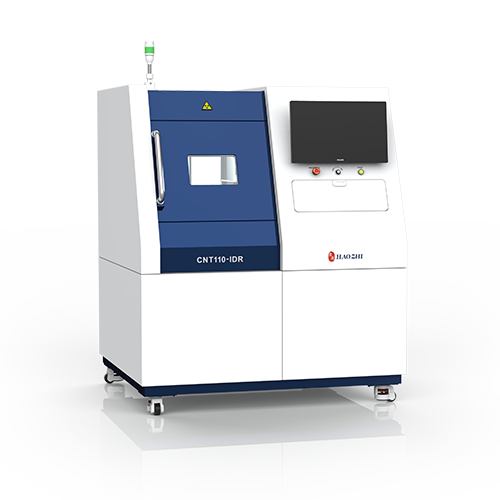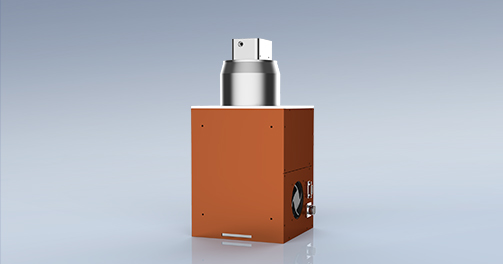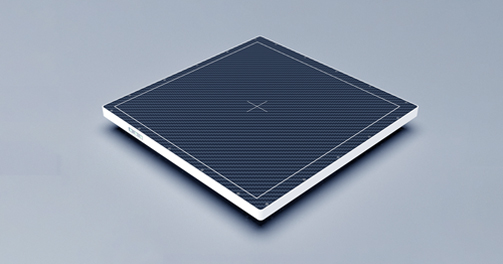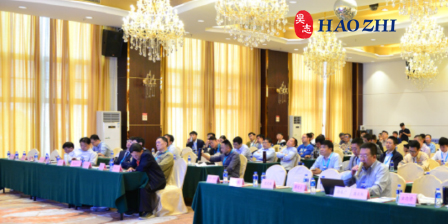In July 2019, the 9th Industrial CT and Image Processing Conference was held by the Fraunhofer Center for X-ray Technology Development (EZRT) in Fürth, Germany. Chen Zexiang, vice chairman of Guangzhou Haozhi Imaging Technology Co., Ltd., led two senior algorithm engineers of our company, Wu Juan and Ren Liang, to attend the meeting and report on relevant research results.
The ninth session consisted of 44 oral presentations selected by the Scientific Organizing Committee, 8 exhibition panels, and desktop presentations by 16 international companies. This international conference is dedicated to the broad exchange of industrial radiography techniques.

Professor Chen Zexiang, vice chairman of Haozhi Imaging, reported the research results of carbon nanotube field emission microfocus high-speed X-ray tubes at the meeting. His research shows that a large and stable emission current can be obtained by using the CNT ring grown by microwave plasma CVD as a field emission cathode tube. The diameter of the CNT ring is 50 microns and the wall thickness is 2 microns. In order to obtain a micron-scale x-ray focal spot, an electron gun with a high convergence ratio of grid focusing electrodes was innovatively designed. The fully vacuum-sealed microfocus CNTX-ray tube can obtain a focused spot with a diameter of about 5 microns and maintain a stable current of more than 50 microamps. The corresponding average field emission current density is greater than 2.55A/cm2. The research points out that the CNT-X-ray source has good application prospects for high-resolution DR and micron-scale CT.
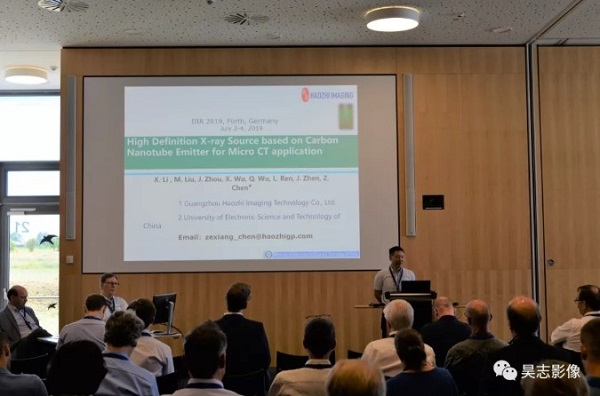
In this meeting, Dr. Wu Juan, senior algorithm engineer of Haozhi Imaging, reported the research results of 3D reconstruction with few angles using compressed sensing related algorithms. The research is based on reducing the radiation damage to the material, comparing the iterative reconstruction algorithm SIRT (Joint Iterative Reconstruction Technology) and the compressed sensing related algorithm in the case of reducing the projection angle. Studies have shown that for the same data reconstruction, the reconstruction results of SIRT decrease as the number of projection angles decreases (~30-~10), while the compressive sensing related algorithm can obtain a similar high level at ~30 angles at ~10 projection angles. Quality reconstruction results. The research results show that the compressed sensing tube algorithm has a good application prospect in the field of low-angle CT reconstruction.
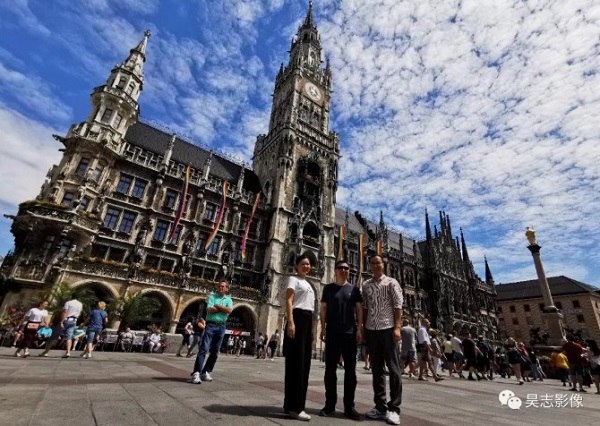
By participating in the conference held by EZRT, our company will have a more comprehensive understanding of industry dynamics and the most advanced academics in CT and related fields, develop innovative ideas, and better apply academic research to practical applications. Vice Chairman Chen Zexiang and Senior Algorithm Engineer Wu Juan reported on the research results at the conference, which fully demonstrated our excellent research results to the world, which is of great significance to our company's future development and market development.









